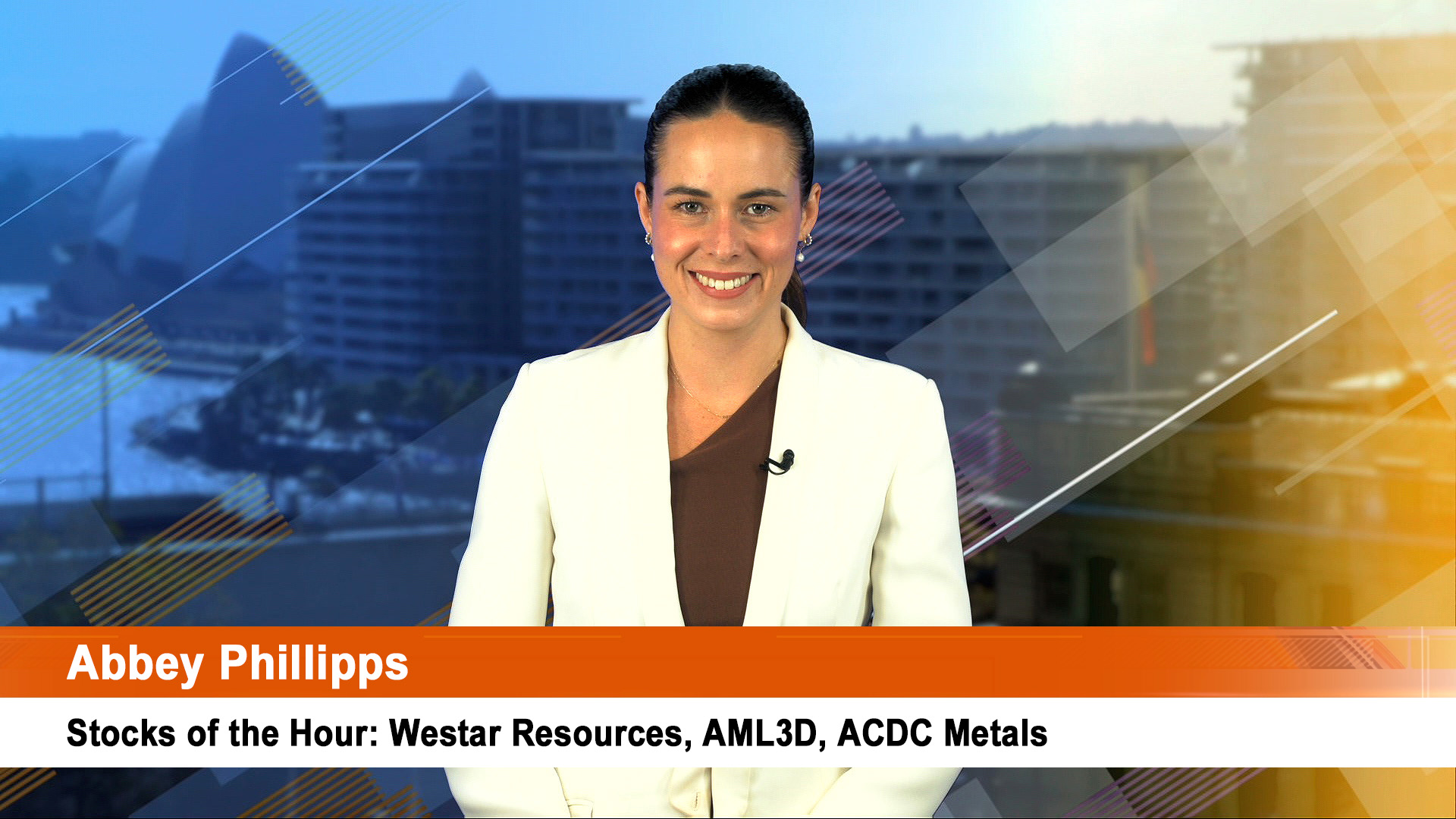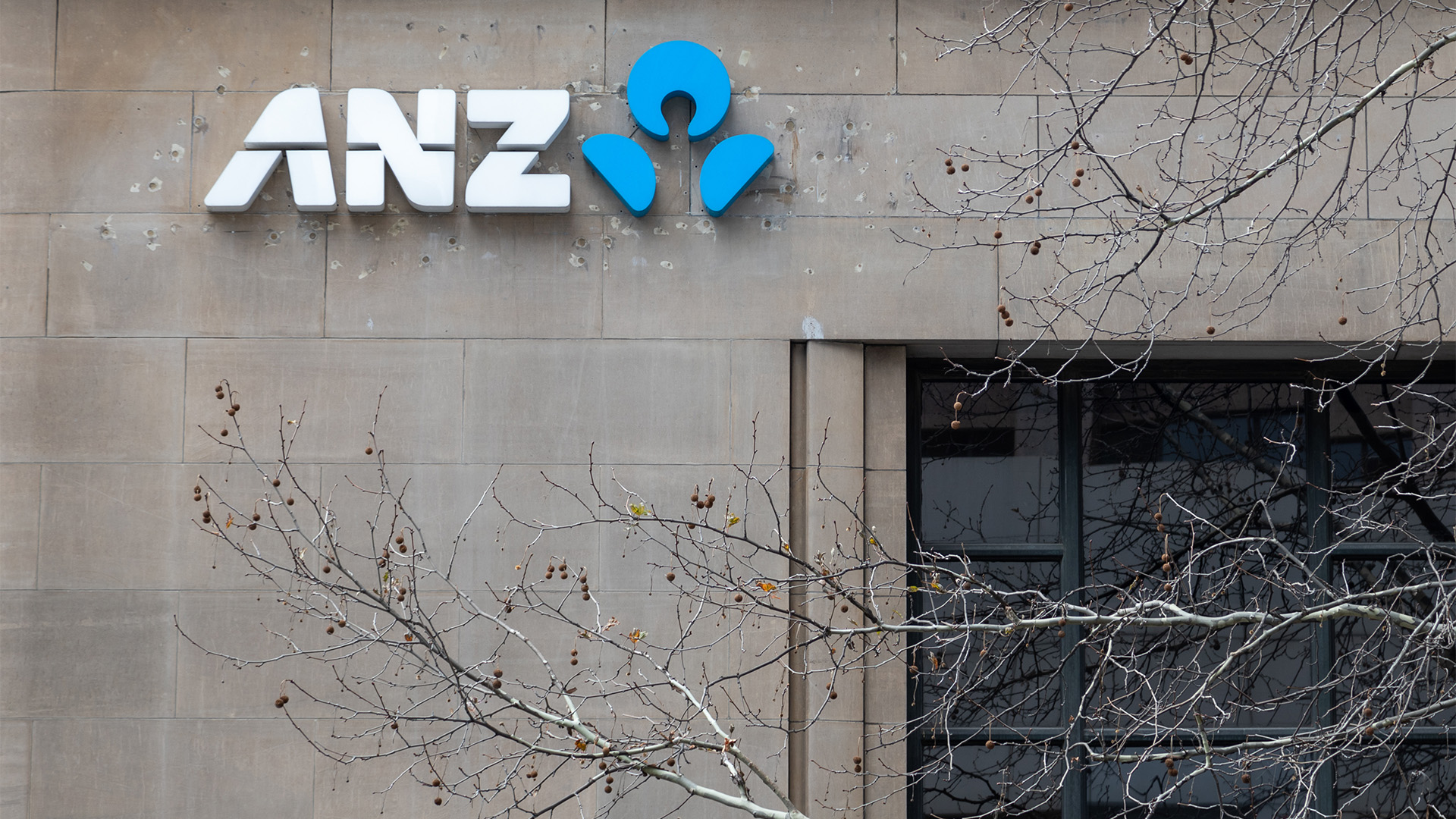We now have a better understanding of why gold prices have weakened – it’s not just the fact that the US Federal Reserve is firmly on a rate rise track, or the consequential rise in the value of the dollar.
Lower demand for the metal that emerged in 2017 spilled over into the first months of 2018
That was after a 7% slide in demand for all of 2017 to 4,071 tonnes.
Gold futures prices on Comex, the US metals exchange, could only manage a rise of 1.4% for the June contract (the most active quarter).
FactSet, the financial data group, points out that based on the most-active contract settlement of $US1,309.30 at the end of 2017, gold futures were up 1.4% for the first quarter and year to date which was smallest quarterly rise since the first quarter of 2011.
The total supply of gold increased by 3% to 1,063.5 tonnes, primarily due to a modest increase in producer hedging. Mine production was fractionally higher at 770 tonnes.
“The main cause was a fall in investment demand for gold bars and gold-backed ETFs, partly due to range-bound gold prices, the WGC said.
Jewellery demand was steady at 487.7 tonnes thanks to growth demand in China and the US offset weaker Indian demand.
Central banks bought 116.5 tonnes of the metal, a jump of 42% from the first quarter of 2017, The Council this was the highest for four years. Central bank gold purchases in the March quarter of the year have average just over 114 tonnes since the first quarter for 2010.
And demand from the technology sector rose 4% to 82.1 tonnes of gold (+42% y-o-y), boosted by demand from makers of gaming consoles, smartphones and home security systems.
Global demand for bar and coin investment gold fell 15% thanks to weaker demand from Chinese, German and US buyers. The Gold Council said that the lack of any sharp movement in gold prices in the quarter was the major factor in the fall.
But there was yet another rise in inflows of metals into ETFs. The Council said ETF holdings “grew 32.4 tonnes, due to growth in US-listed funds. Q1 investment was mixed, with rising interest rates on the one hand and a sharp spike in stock market volatility on the other.”
Inflows into US ETFs jumped by 38 tonnes, but fell elsewhere in the world in the quarter.













